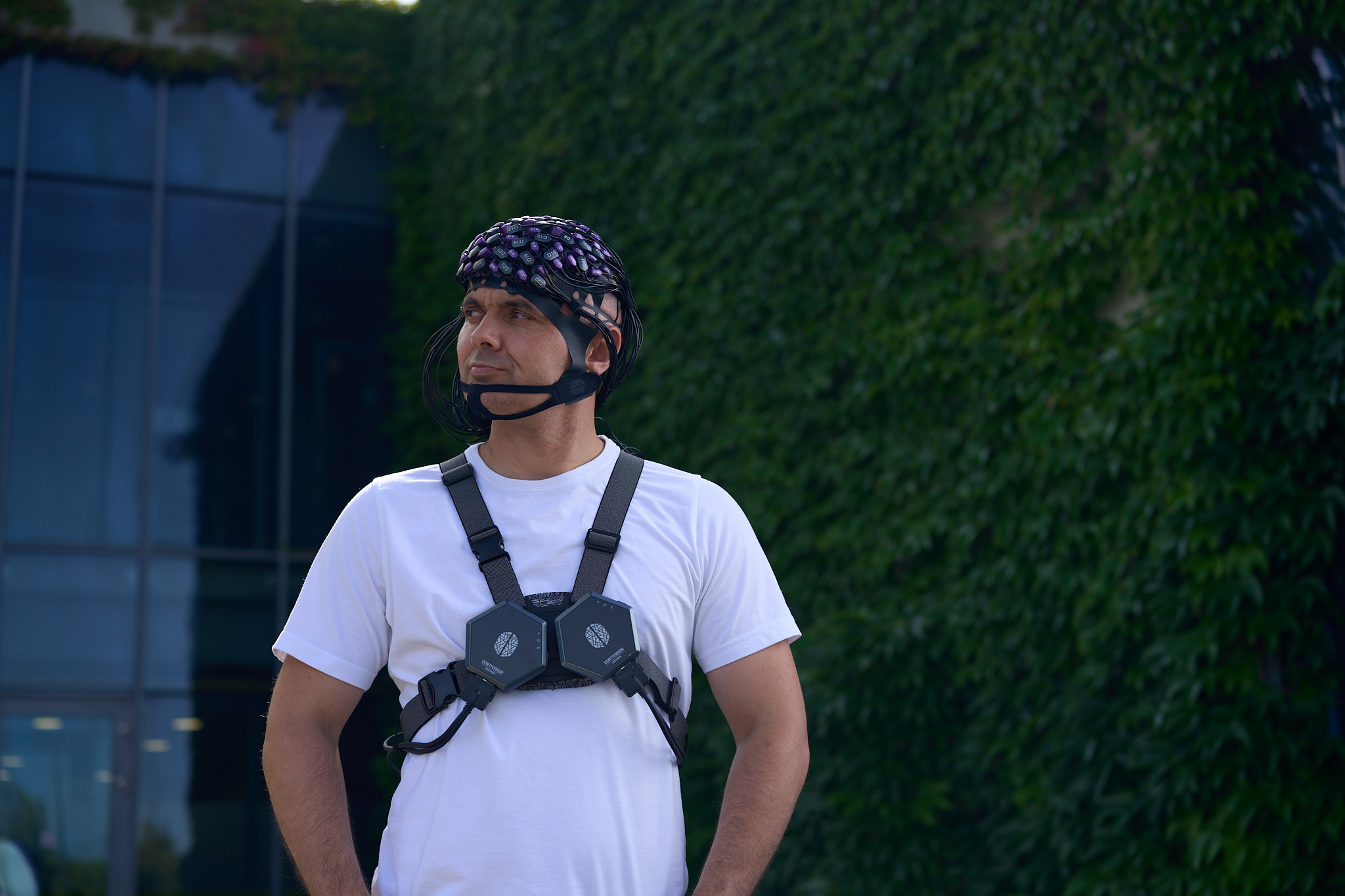
What is Neurofeedback and fMRI Replication?
Neurofeedback uses real-time measures of brain activity to guide individuals in regulating their own neural states. Traditionally dependent on expensive fMRI or EEG setups, neurofeedback is now expanding through wearable imaging technologies. Replicating fMRI findings with DOT ensures that robust neuroscientific results can be tested and applied beyond laboratory scanners.
How DOT fNIRS Enhances Neurofeedback and fMRI Replication
DOT provides fMRI-like spatial resolution for cortical imaging but in a wearable, non-invasive format. This allows researchers to translate established findings into real-world scenarios, offering participants targeted feedback on brain regions involved in emotion regulation, attention, or motor planning.
Advantages of DOT fNIRS in Neurofeedback & Replication
-
fMRI Validation: DOT can confirm and extend fMRI results in ecological contexts.
-
Personalization: Enables individualized neurofeedback tailored to specific cortical areas.
-
Accessibility: Provides a cost-effective alternative to fMRI-based training.
-
Real-Time Feedback: Supports development of interactive training protocols.
-
Broad Reach: Usable in clinics, labs, or natural environments.
Practical Applications
DOT fNIRS supports targeted interventions for stress reduction, motor rehabilitation, or cognitive enhancement. It also allows replication of established fMRI paradigms (e.g., emotion regulation tasks) in naturalistic contexts, bridging high-end imaging with scalable, real-world neurotechnology.